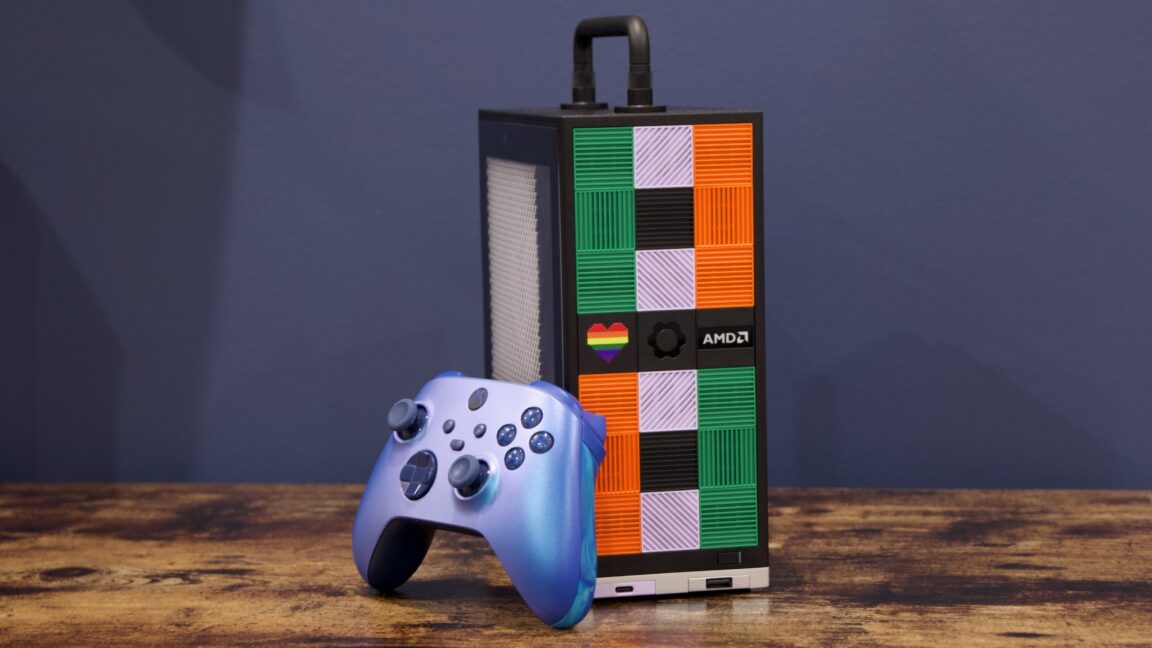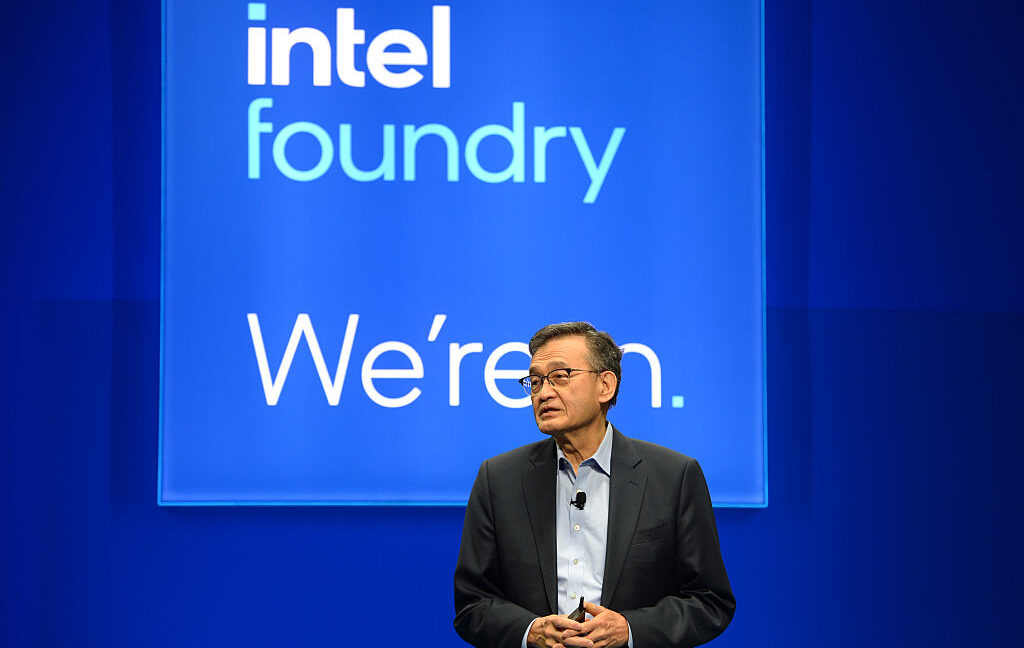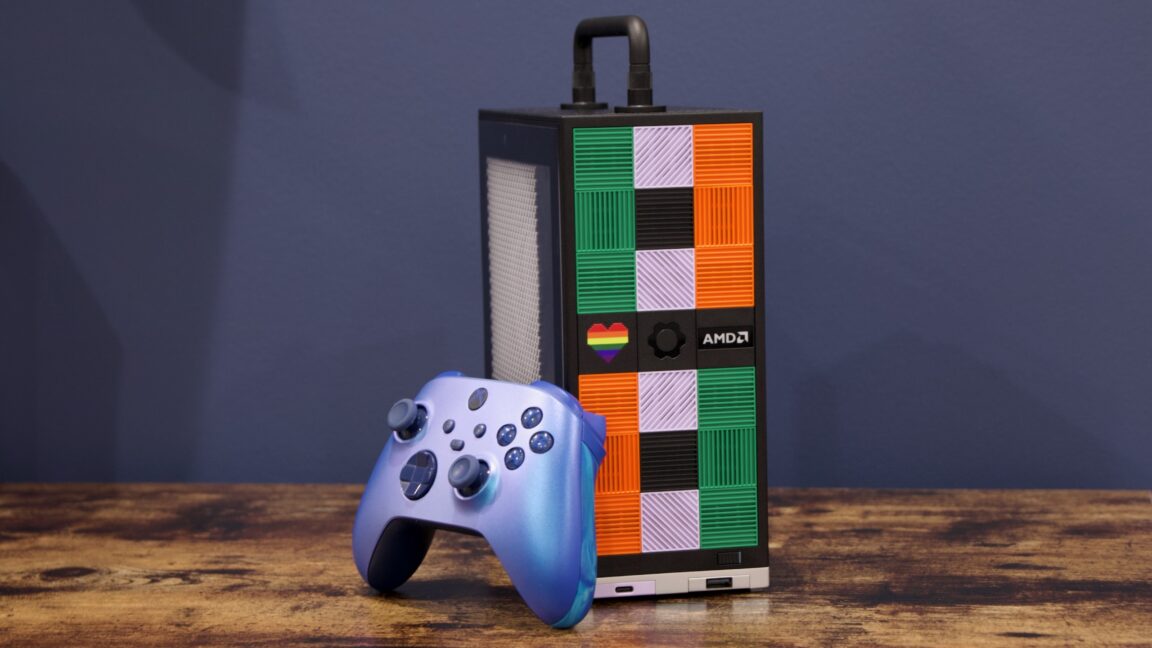Framework Desktop Review: A Fusion of Traditional Desktop and Mac Studio

Framework has made a name for itself through its dedication to delivering modular, upgradeable, and repairable laptops. Although the upcoming Framework Laptop 16 and Framework Laptop 12 have yet to receive their hardware upgrades, the company has released several versions of its popular Framework Laptop 13 in less than five years. Buyers of the initial model could easily visit the Framework website to purchase a new motherboard and RAM, transforming their devices without altering other components.
Framework’s laptops, though not standard across the industry, embody flexibility and modularity akin to desktop PCs. However, this is precisely why the new Framework Desktop appears slightly unconventional. Framework, renowned for its innovation, steps into the desktop market—a realm where its hallmark virtues aren't as essential. Intriguingly, the Framework Desktop is less upgradeable and modular than custom-built desktops.
Despite this, the Framework Desktop boasts distinctive design elements and is considered a better option than certain minuscule AMD Ryzen AI Max-based desktops from lesser-known brands. While it adheres more to PC industry standards, the question remains: is the appeal of a compact machine worth the price for diminished performance and limited upgradeability after purchase?
Design and Assembly
Unboxing the Framework Desktop, the components come safely ensconced in eco-friendly packaging. Upon deeper inspection, you’ll discover that the DIY Edition necessitates minimal assembly efforts, with major elements like the heatsink and internal cabling pre-installed, preparing enthusiasts for an engaging initial setup experience.
Launching the DIY Edition, one can begin by installing the SSD and fan. These basic operations serve as an educational introduction to the Framework Desktop's assembly and disassembly process. Conveniently placed components and simple procedures like installing the SSD reinforce its user-friendly design.
One can also access additional internal slots for an M.2 SSD as well as Wi-Fi/Bluetooth modules by unlocking the opposing side panel. The easily removable top panel allows straightforward connections to CPU fan and RGB headers, streamlining the installation process.
Moreover, Framework equips this desktop model with a versatile screwdriver, delivering ease of use during the assembly phase. Adding to the aesthetic appeal, the front of the unit houses customizable tiles, magnetically affixed, allowing for effortless personalization.
Performance and Upscale Features
What sets the Framework Desktop apart from other mini PCs and gaming NUCs is its adherence to industry standards. Although some components like the RAM are soldered and non-upgradeable, various standard-sized components ensure compatibility with other systems.
In testing scenarios, the Framework Desktop demonstrates competent performance as a midrange gaming system. Its integrated Radeon 8060S GPU prevails as a noteworthy performer in its category, although some dedicated GPUs in similar price brackets may surpass it in specific applications.
While the plastic panels may lack the premium feel, the thoughtful design of the Framework Desktop, adhering to industry norms, caters to both minimalist and industrious users. It remains a unique offering for those desiring a desktop akin to Apple's Mac Studio, capable of convenient positioning within cozy spaces.
Conclusion
The Framework Desktop occupies a rather unique space, catering to users who favor compactness and ease over raw upgradeability. With an efficiently designed interior and standard components, it provides a distinctive option for those looking for a desktop that marries creativity with functionality, albeit with certain limitations on exterior build quality and component flexibility.



